Amidst increasing light pollution, astrotourism is emerging as a great way to rediscover the beauty of the starry sky of our country
Every year, the Astronomy Association of El Salvador (ASTRO) illuminates the darkness of the night with its long-awaited astronomy camp.
On this occasion, the event was held last Saturday, February 10 and Sunday, February 11 in Altos del Aguacate, near Corinto, Morazán province, offering enthusiasts a unique experience under dark skies and far from the city lights.
Read also: Saturn's icy moon has a liquid ocean suitable for life
Departure to Camp Najma is at dawn to make the most of time and strategically place specialized equipment. Electricity cannot be used, it is only allowed for telescopes.
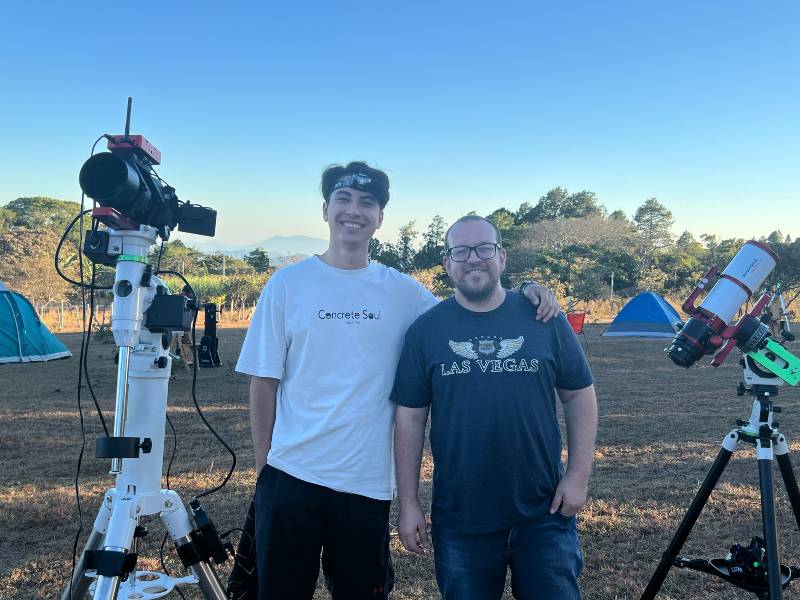
In the midst of increasing light pollution, astrotourism is emerging as a great way to rediscover the beauty of the starry sky of our country.
The selection of Altos del Aguacate for this event was no coincidence. The area is characterized by exceptionally dark skies, providing an ideal environment for astronomical observation without light interference.
See also: Hubble Telescope captures a 'ghostly' phenomenon in Saturn's rings
This type of current pollution greatly affects the possibility of fully enjoying astronomical science, and events such as AstroCamp are vital for raising awareness about the importance of protecting these spaces and promoting local astrotourism.
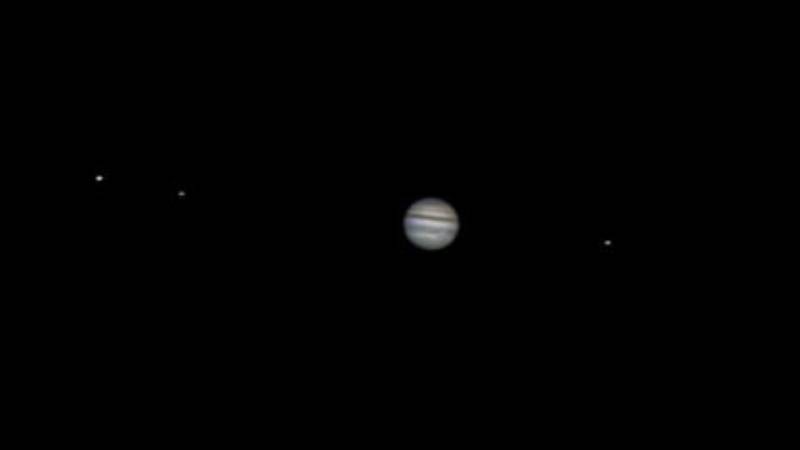
During the night, participants had the opportunity to explore planets, open clusters, nebulae and galaxies through powerful telescopes. Orbs, though always present, are invisible in the city sky saturated with artificial lights.
The experience provides a unique connection with the universe, awakening curiosity and admiration for the vastness of the universe.
Proper preparation is key to making the most of this astronomical experience. Participants carry binoculars for detailed observations, sleeping bags for a cozy night under the stars, a portable gas stove for cooking needs, hiking boots for exploring the terrain, a coat for cold nights, quick-to-prepare food, and a safety kit. possibility.
One of the most notable features of the astronomy camp is the use of red light, which causes less interference in observations.
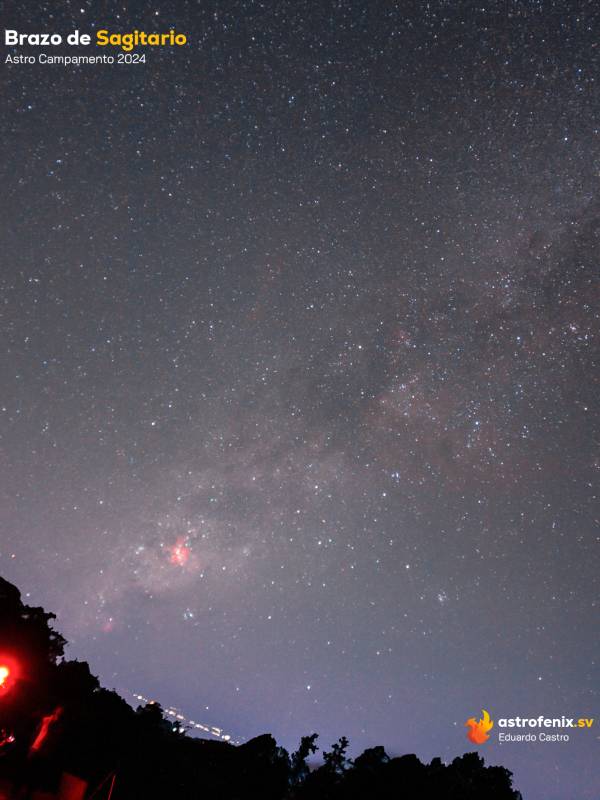
In addition, four-wheel drive transportation facilitates access to remote locations, taking participants away from city lights and immersing them in the true darkness of nature.
In one of the photos taken during the event, Jupiter, the gas giant in the solar system, appears majestic, accompanied by some of its prominent moons such as Io, Europa, Ganymede, and Callisto.
This celestial spectacle reveals the magnificence and complexity of the universe, and reminds us of the importance of preserving the darkness of the night for future generations.
Astronomy Camp is not just a haven for astronomy enthusiasts, but an opportunity to reconnect with the wonder and beauty hidden in the vastness of the universe, under the dark skies of El Salvador.
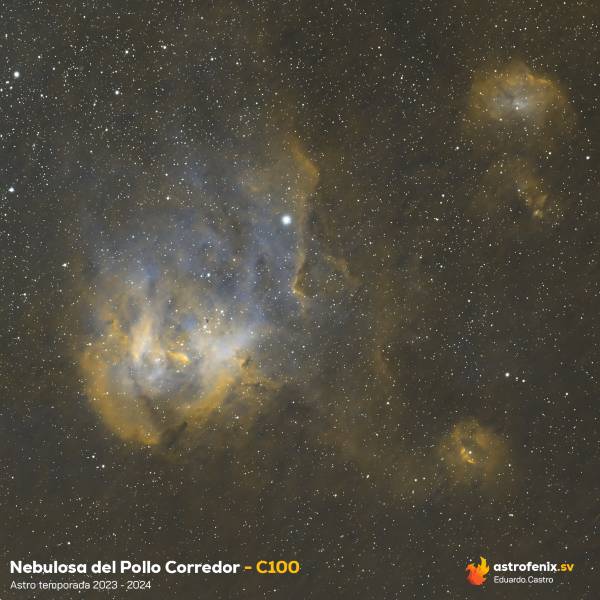
Back to the cover

“Proud web fanatic. Subtly charming twitter geek. Reader. Internet trailblazer. Music buff.”

:quality(85)/cloudfront-us-east-1.images.arcpublishing.com/infobae/TEQF6EONZRFGLLLDIDD4L2O4EE.jpg)

:quality(75)/cloudfront-us-east-1.images.arcpublishing.com/elcomercio/XU32LRAEZFDDPNVHLFU3CKVBYY.jpg)


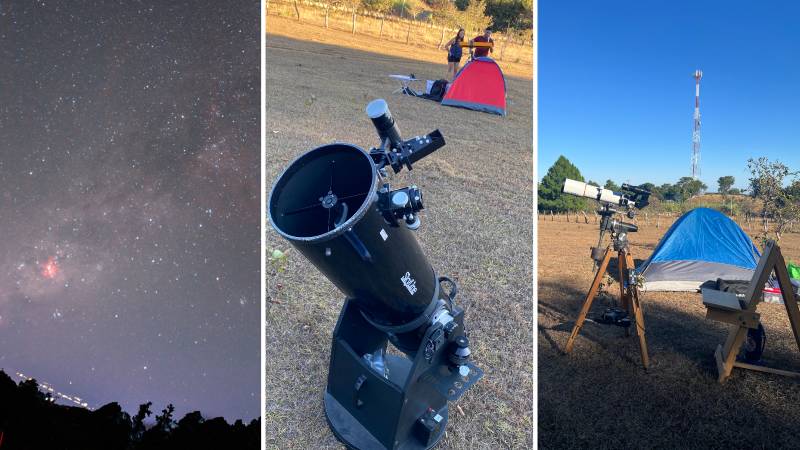
More Stories
How to create 3D videos with my iPhone, it will be very useful even for your business
NASA discovers an anomaly in the Earth’s magnetic field that could have serious consequences for humans
Can the Earth be divided into two parts?